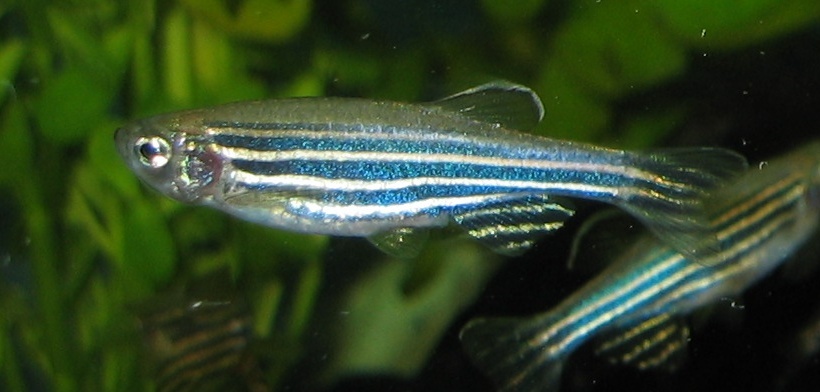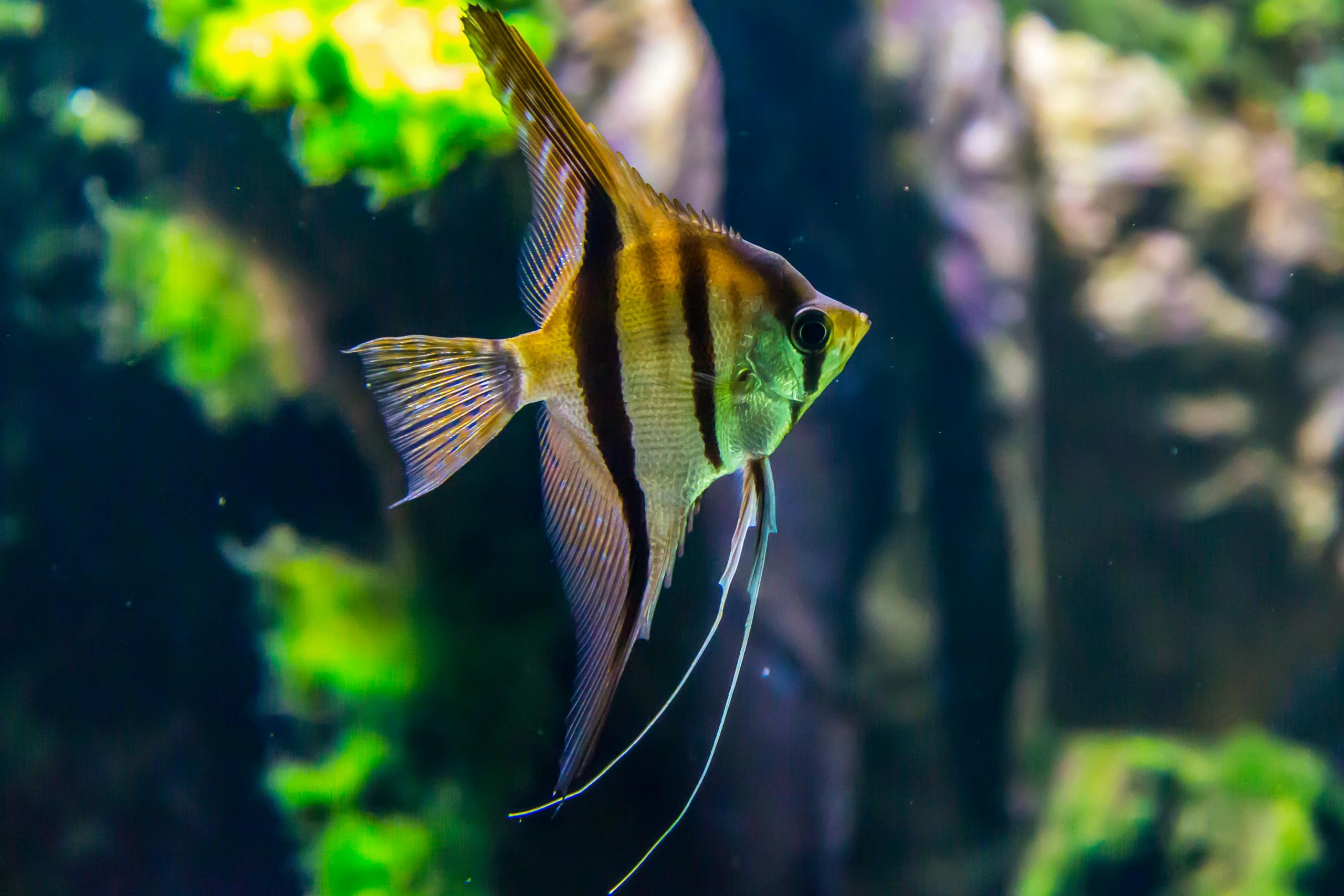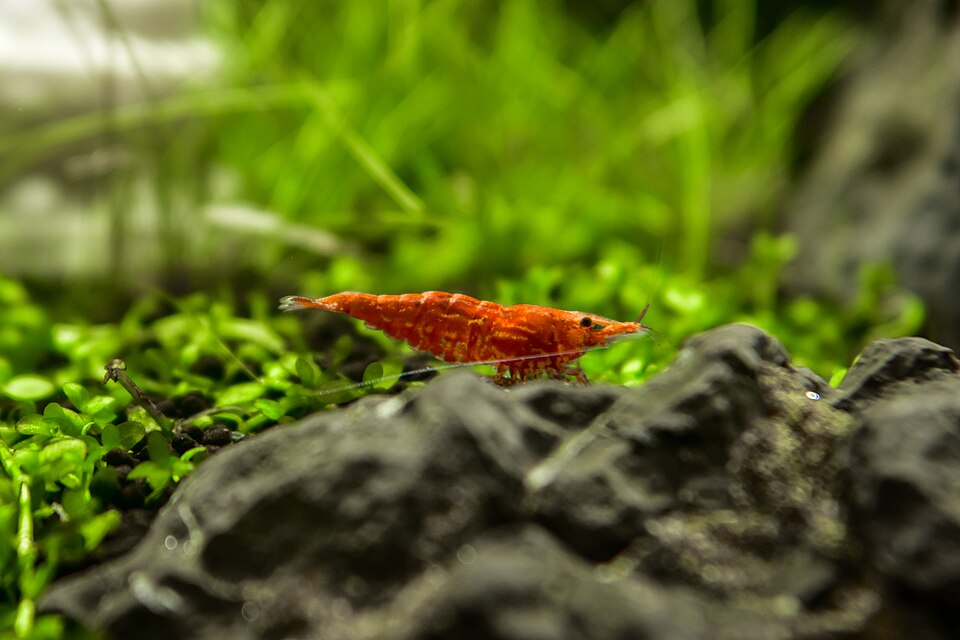Hi there, pet lovers! 🐢
Painted turtles (Chrysemys picta) are among the most vibrant and widely recognized freshwater turtles in North America. Known for their striking shell patterns and adaptable nature, they make fascinating pets for dedicated reptile enthusiasts. While they require more specialized care than some reptiles, their hardiness and interactive behaviors make them a rewarding choice for those willing to meet their needs.
In this detailed review, we’ll explore everything potential owners should know—from subspecies differences and habitat setup to diet, handling, and long-term care. Whether you’re a first-time turtle keeper or an experienced herpetoculturist, this guide will help you determine if a painted turtle is the right addition to your home.
Overview
Painted turtles are medium-sized, semi-aquatic reptiles native to North America. They are named for their brightly colored markings, which vary by subspecies. Here’s a quick summary of what makes them unique:
- Handling and Temperament: Generally docile but not overly hands-on; best observed rather than frequently handled.
- Care and Maintenance: Moderate to high—requires a well-filtered aquatic setup, UVB lighting, and a balanced diet.
- Health and Durability: Extremely hardy with proper care; can live 30+ years in captivity.
- Availability: Widely available from breeders, pet stores, and rescues.
- Cost: Affordable to purchase but requires a significant initial setup investment.
- Overall: A great choice for committed keepers who enjoy observing aquatic behavior.

Why Choose a Painted Turtle?
Painted turtles stand out for their stunning appearance, longevity, and engaging behaviors. Unlike some reptiles, they are active during the day, making them fun to watch as they swim, bask, and hunt. Their manageable size (6–10 inches as adults) and adaptability to captivity also contribute to their popularity.
However, they are not low-maintenance pets. Their aquatic lifestyle demands a carefully maintained environment, making them better suited for keepers who enjoy hands-off care with occasional interaction.
Handling and Temperament
Painted turtles are not cuddly pets, but they can become accustomed to gentle handling over time. Their behavior is more observational, and they thrive when given space to exhibit natural activities like swimming and basking.
Personality and Interaction
- Most painted turtles are curious but shy—they may retreat into their shells when approached.
- They rarely bite but can scratch with their claws if they feel threatened.
- Unlike some turtles, they don’t require socialization and are content with minimal handling.
Handling Tips
- Support their body fully—never lift them by the limbs or tail.
- Keep handling sessions short (5–10 minutes) to avoid stress.
- Always wash hands before and after to prevent bacterial transfer.
While they aren’t ideal for frequent handling, their active and visually appealing nature makes them excellent display pets.
Care and Maintenance
Painted turtles require a properly designed aquatic habitat to thrive. Unlike terrestrial reptiles, their setup involves water quality management, heating, and filtration.
Enclosure Setup
- Tank Size: Minimum 40 gallons for one adult, with 10 gallons per additional inch of shell length.
- Water Depth: At least 1.5 times the turtle’s shell length for swimming.
- Basking Area: A dry platform with a heat lamp (85–90°F) and UVB lighting (essential for shell health).
- Substrate: Smooth river rocks or bare-bottom tanks (avoid gravel, which can be ingested).
Filtration and Water Quality
- A high-quality canister filter is necessary—painted turtles are messy eaters.
- Partial water changes (25–50%) weekly to maintain cleanliness.
- Water temperature: 72–78°F (use an aquarium heater if needed).
Diet and Feeding
Painted turtles are omnivores, requiring a mix of:
- Commercial turtle pellets (high-quality brands like Mazuri or Zoo Med).
- Live/frozen protein (earthworms, crickets, feeder fish like guppies).
- Leafy greens (romaine, dandelion greens, aquatic plants).
- Calcium supplements (dust food 2–3 times a week).
Feeding Schedule:
- Juveniles: Daily.
- Adults: Every other day.

Health and Durability
Painted turtles are exceptionally hardy when kept in optimal conditions, but poor care can lead to health issues.
Common Health Concerns
- Shell rot (from dirty water or inadequate basking).
- Metabolic bone disease (caused by lack of UVB or calcium).
- Respiratory infections (due to incorrect temperatures or poor water quality).
Preventative Care
- Regular water testing (ammonia, nitrites, nitrates).
- Annual vet check-ups for parasite screening.
- Proper UVB bulb replacement (every 6–12 months).
With attentive care, painted turtles can live 30–40 years, making them a long-term commitment.
Availability and Cost
Painted turtles are readily available across North America, both in the wild (where legal) and in captivity.
Where to Buy
- Reputable breeders (best for healthy, captive-bred specimens).
- Reptile expos (wide variety of subspecies).
- Rescues/rehomes (many need adoption due to their long lifespan).
Initial Costs
- Turtle: $30 to $100 (depending on subspecies).
- Enclosure setup: $300 to $600 (tank, filter, lighting, heater).
- Ongoing costs: $20 to $50/month (food, electricity, filter media).
While the upfront investment is higher than some reptiles, their hardiness and longevity justify the expense.
Pros and Cons
Pros
✔ Stunning colors and patterns.
✔ Active and entertaining to observe.
✔ Very hardy with proper care.
✔ Long lifespan (great for committed keepers).
Cons
✖ Requires large, well-maintained aquatic setup.
✖ Not ideal for frequent handling.
✖ Messy eaters (demand strong filtration).

Final Thoughts
Painted turtles are beautiful, long-lived, and engaging pets, but they are not for everyone. They thrive under dedicated keepers who enjoy maintaining an aquatic ecosystem and observing natural behaviors.
If you’re prepared for the initial setup and ongoing care, a painted turtle can be a rewarding companion for decades. For those seeking a low-maintenance or hands-on pet, other reptiles may be a better fit.
Interested in painted turtles? Visit a local breeder or reptile expo to see them in person—their vibrant personalities (and shells!) might just win you over.
Have experience with painted turtles? Share your tips in the comments below!
For more turtle care tips and reviews, stay tuned to our blog and don’t forget to subscribe to our newsletter! 🐢








Leave a Reply